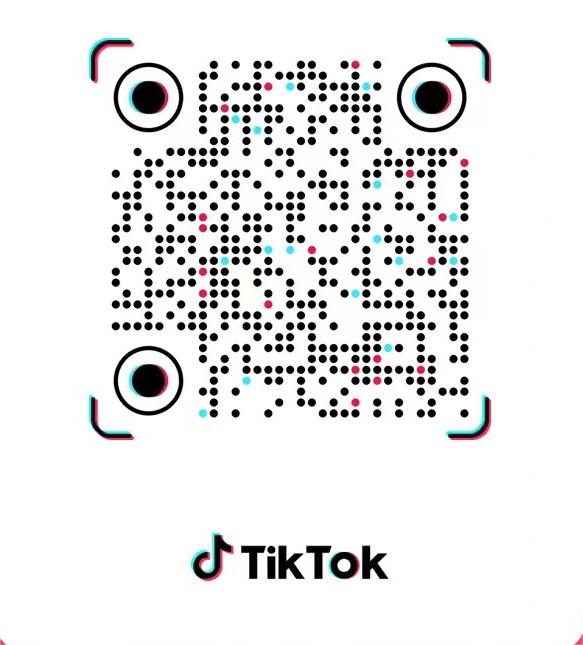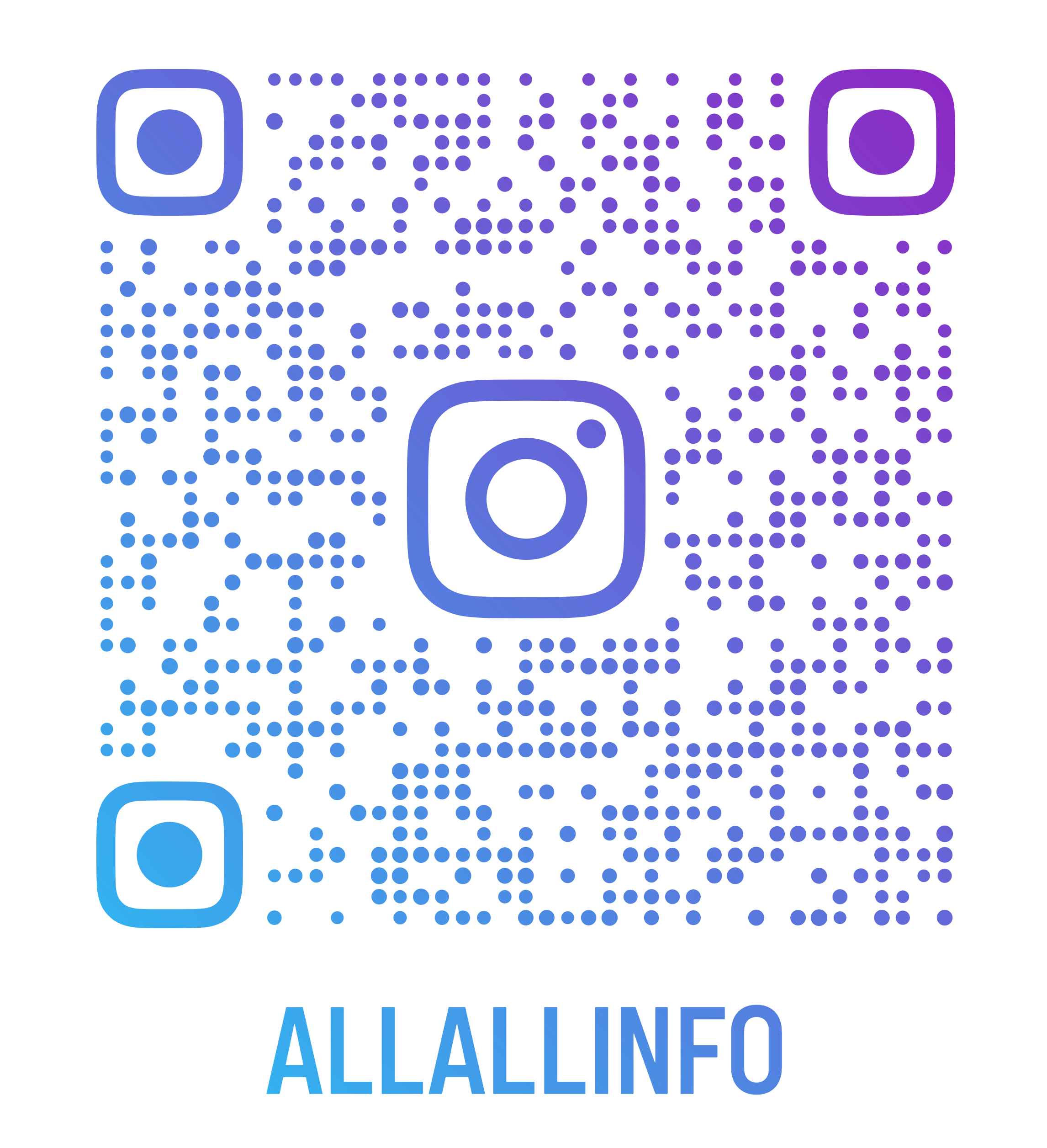Excessive textile industry water usage is a pervasive problem in today’s society. However, it’s not an unconquerable issue. Here are some actionable steps decision-makers in this sector can take to cut down on the overuse of this precious resource.
Be Open to Doing Things Differently
Changing processes isn’t always easy, especially when textile companies have done things the same way for years with few or no changes. However, remaining open-minded about the potential of water-saving technologies is crucial.

Textile manufacturers are embracing the circular economy, and many are exploring recycling avenues.
Indeed, adopting tweaked or wholly new processes takes time and requires agreement from people at all levels of the company. However, the payoffs can be substantial.
One textile auxiliary for polyester processing collectively saved more than 130 million liters of water in the first year after its launch. It enables combining several polyester processing steps into one bath, which saves money and time.
Another option is to pursue more-sustainable offerings from suppliers. Sensil WaterCare is one example. It’s a pre-dyed nylon, so textile industry representatives who purchase it can bypass their in-house dyeing processes that may be outdated and water-intensive. Sensil says this fabric conserves resources while reducing water pollution.
It’s increasingly clear that old-fashioned textile production is too wasteful. That doesn’t mean company leaders must do away with them immediately or completely. However, they should at least be willing to explore more-sustainable alternatives.
Pursue Recycling Options
More manufacturers are embracing the circular economy, and many are exploring recycling avenues. Curbing textile industry water usage with that approach could have multiple positive impacts.
A European Union-funded initiative called Waste2Fresh is a good example of what’s possible. It aims to use catalytic degradation for separation and extraction techniques that will conserve water and reduce pollution.
“The way the industry uses water is problematic because there are chemicals in the water. It’s not just that the industry uses water, but also that they pollute it,” said Ingun Grimstad Klepp, a professor at Oslo Metropolitan University.
Statistics indicate the textile industry uses 100-200 liters of water for every kilogram of product. However, recycling water in the sector is not as straightforward as one might hope. That’s because various processes can make the water oily, corrosive or have other undesirable characteristics. Thus, it’s critical to have a solid plan for removing contaminants before a company moves ahead with recycling efforts.
Recycling at a textile factory could span beyond water, too. In one recent instance, MIT researchers figured out how to make polyethylene from recycled plastic bags. “Once someone throws a plastic bag in the ocean, that’s a problem. But those bags could easily be recycled, and if you can make polyethylene into a sneaker or a hoodie, it would make economic sense to pick up these bags and recycle them,” said MIT research scientist Svetlana Boriskina
Consider Using IoT Sensors
The Internet of Things (IoT) has become instrumental in giving company decision-makers better overall visibility. Leaders at Ohio-based Standard Textile saw what the technology could do when they committed to an intensive smart sensor-based factory upgrade.
Gary Heiman, the company’s CEO, explained, “The Internet of Things allows us to know what we need to do faster. It gives us insight into things that are happening throughout the process that we never had before.”
The plant’s technology allows seeing the amount of water remaining at the end of one production cycle so workers can use what’s left at the start of the next one. The company also relies on the IoT to detect equipment malfunctions. That strategy could reduce water usage, too.
A quick-to-fix problem such as a leaky pipe or a faucet left running could quickly raise a facility’s overall water usage. However, IoT sensors can target those issues and alert the right parties.


About author: Emily Newton is a manufacturing journalist and the Editor-in-Chief of Revolutionized.
Understand How Water Requirements Vary
Minimizing water usage in a textile factory is more complicated than some people initially realize. That’s due to the numerous variables that can make the overall amount consumed fluctuate considerably.
For example, knit mills use an average of 10 gallons of water per pound of production. However, the actual amounts consumed can range from 2.5 to 45.2 gallons.
Additionally, particular processes need more water than others. Such is the case when comparing washing fabric to dyeing it. Numerous mechanical factors, such as physical flow characteristics and agitation, factor into the overall water needed for a certain step.
Company leaders who know approximately how much water each process step needs can see if the statistics align with what’s expected. If they aren’t, it may be time to think about implementing new process controls to limit excess.
No Single Option for Minimizing Textile Industry Water Usage
These tips are excellent starting points for cutting the water used in the textile sector. However, before moving forward with at least one of them, manufacturing decision-makers should take time to assess a company’s current processes and associated resource dependence. From there, it’ll be easier to create a budget and set a timeline for achieving the organization’s water sustainability goals.
Source: https://www.textiletoday.com.bd/helpful-ways-the-textile-manufacturing-industry-can-save-more-water





